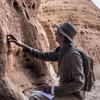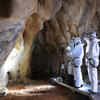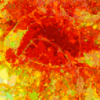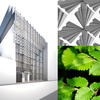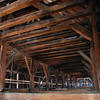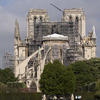You are here
Initial results of the Notre Dame scientific renovation project
04.05.2022, by
We followed the researchers of the joint CNRS / Ministry of Culture scientific project, who have been hard at work since the disaster on 15 April, 2019. Their mission: to unravel the secrets of the 12th- and 13th-century builders as an aid in restoring the edifice. CNRS News presents their initial findings, with a particular emphasis on stone, iron and acoustics, as well as the digital modelling of the monument, a virtual restitution integrating all past, present and future data on the cathedral in an interactive 3D visualisation tool.
These images are taken from a variety of CNRS films including Notre Dame de Paris, a vessel of stone and iron.
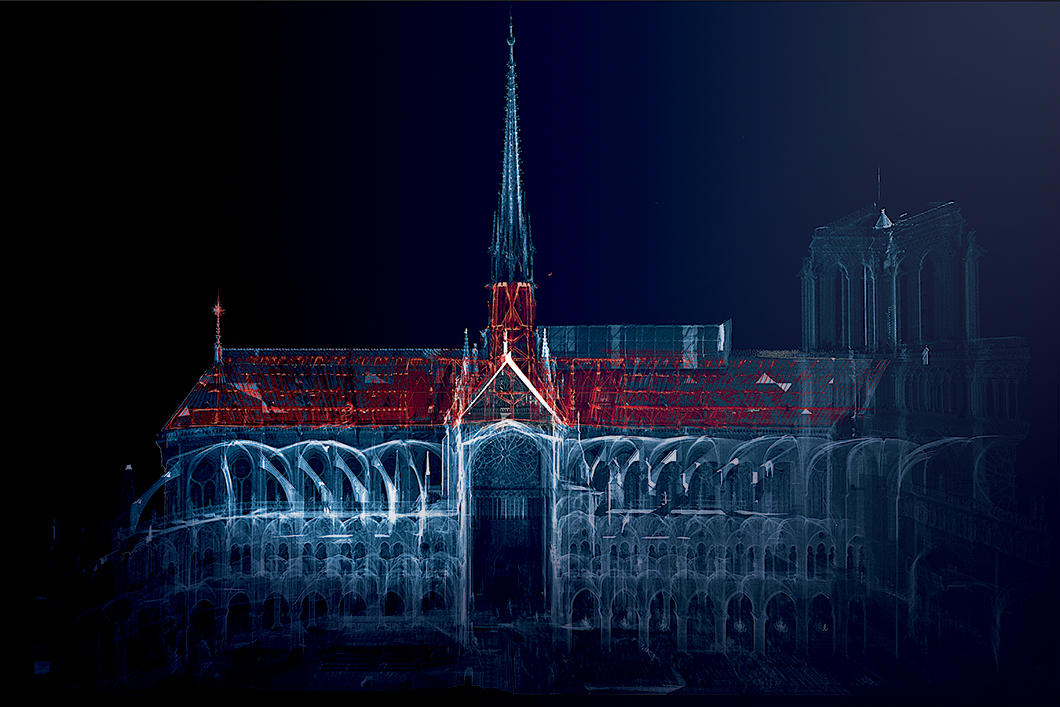
1
Slideshow mode
This majestic view of the north side of the cathedral, topped with the spire added in the 19th century by the architect Eugène Viollet-Le-Duc, was created by the superimposition of laser-generated 3D point clouds made before the fire. It also shows, in red, a “ghostly” image of the wooden roof structure that went up in flames.
V. ABERGEL/L. DE LUCA/MAP/Vassar College/GEA/Chantier scientifique NDP/Ministère de la Culture/CNRS
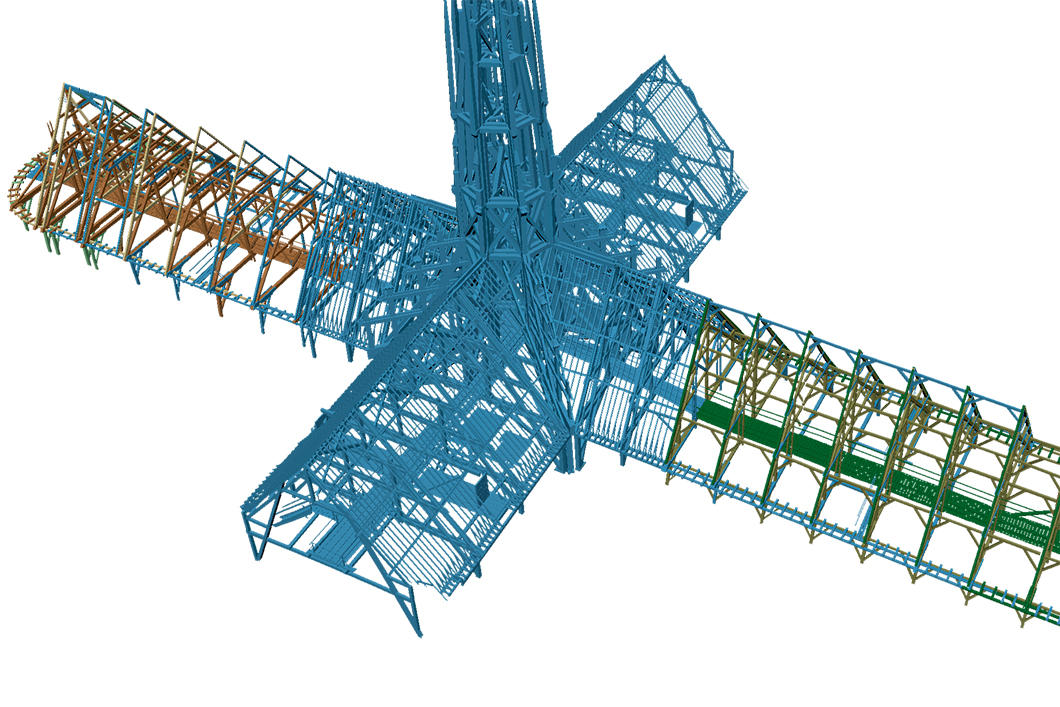
2
Slideshow mode
The dating of the wooden roof structure – or rather, three separate structures – is integrated into this 3D restitution. It shows the frame of the nave (in green), completed ca. 1215, and the chancel (in brown), built ca. 1226 reusing some of the wood from the original framework (in blue), which dates from ca. 1185.
K. JACQUOT/MAP/Vassar College/AGP/GEA/Chantier Scientifique NDP/Ministère de la Culture/CNRS

3
Slideshow mode
This overhead view shows part of the rubble, with pieces duly numbered, visible through the collapsed section of the vaults of the nave.
V. ABERGEL/L. DE LUCA/MAP/SRA-DRAC/AGP/MIS/Chantier Scientifique NDP/Ministère de la Culture/CNRS
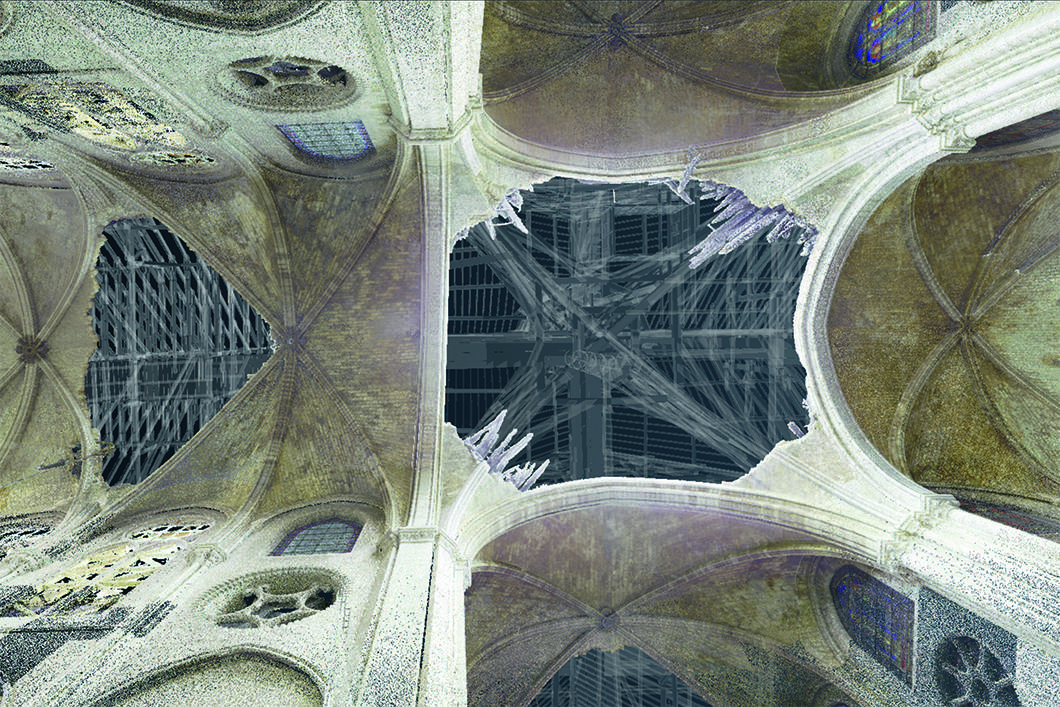
4
Slideshow mode
Digital restitution of the roof structure seen through the collapsed sections of the crossing of the transept, and of the vaults of the nave and the chancel.
V. ABERGEL/K. JACQUOT/MAP/Vassar College/AGP/GEA/MIS/Chantier Scientifique NDP/Ministère de la Culture/CNRS

5
Slideshow mode
The blocks of stone from these zones, found on the floor amid the rubble, pose a daunting challenge: the researchers are trying to put them back together like a puzzle to rebuild the arch of the nave.
P. de PARSCAU/CNRS Images/CNRS 2021
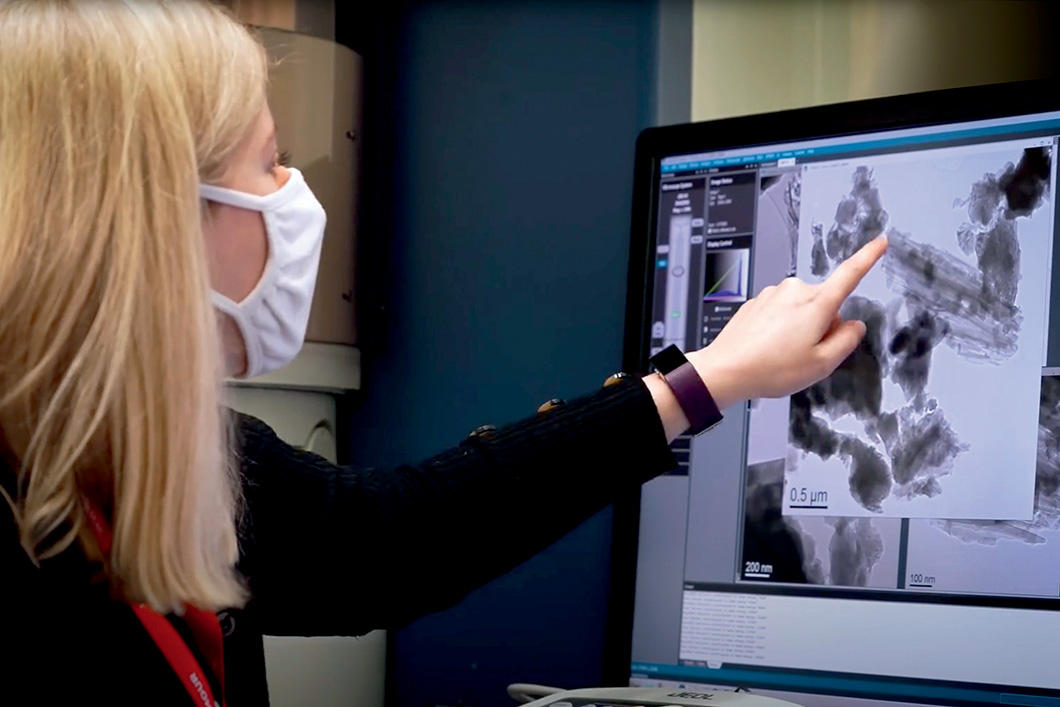
6
Slideshow mode
Samples of mortar from the fallen blocks and from minimal core samples taken in the cathedral are analysed under a microscope. They are beginning to reveal the chemistry of their composition, including their proportions of quartz (which comes from sand) to lime (used as a binder). Having held the stones in place for 800 years, the mortar of Notre Dame has proved to be quite uniform and refined for the period.
P. de PARSCAU/CNRS Images/CNRS 2021
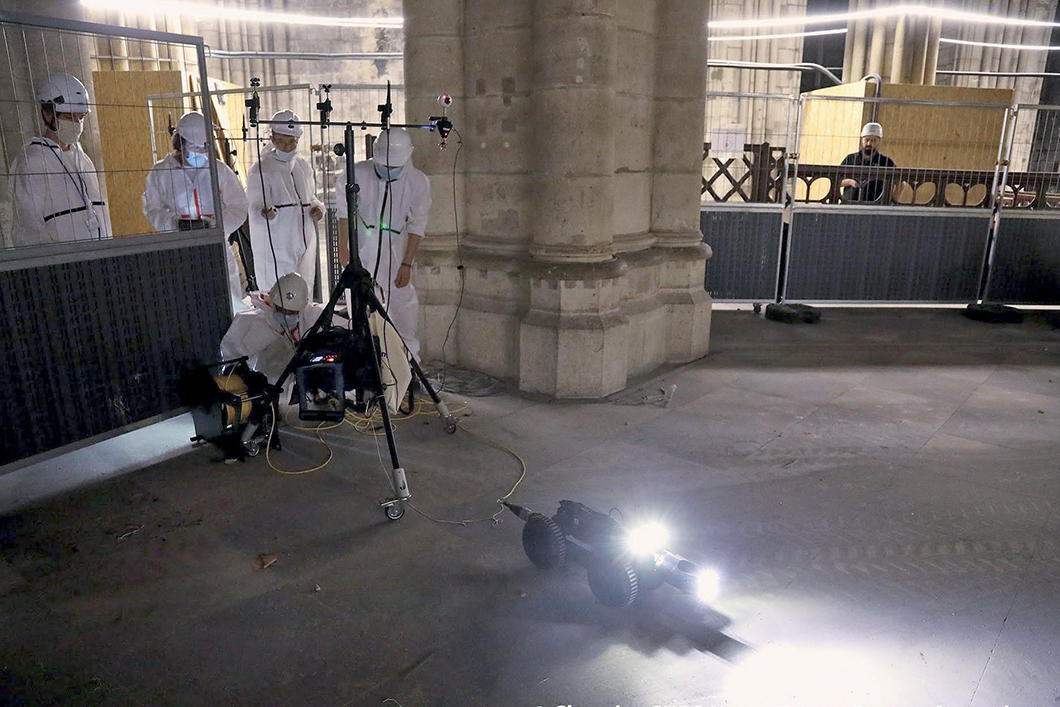
7
Slideshow mode
The cathedral’s acoustics have turned out to be considerably drier and less reverberant than in 2015. To carry out their measurements, the researchers used an array of microphones mounted on wheeled tripods. This one had to be towed to the middle of the nave, which was sealed off at the time, using a remote-controlled mini-rover equipped with a torchlight to make its way at night, when external sound pollution is at a minimum.
Chantier CNRS Notre-Dame/Groupe Acoustique
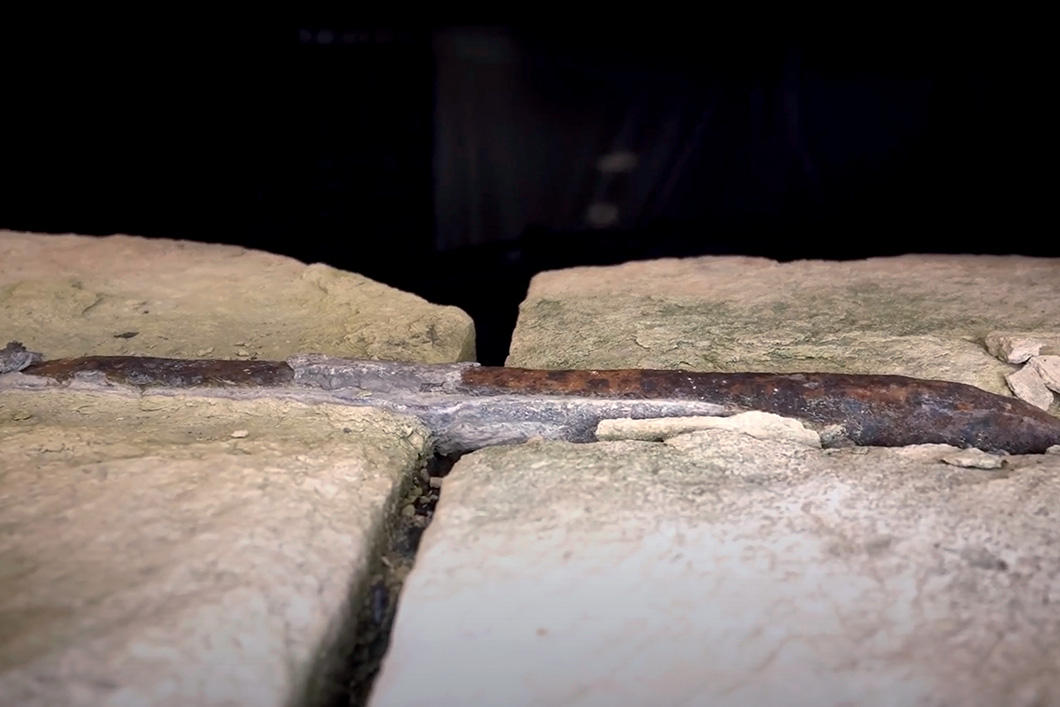
8
Slideshow mode
The collapse of the roof structure led to the discovery of iron clamps embedded in the stones to strengthen the construction. They have been found at the top of the walls and in the chapels, aisles and galleries.
P. de PARSCAU/CNRS Images/CNRS 2021
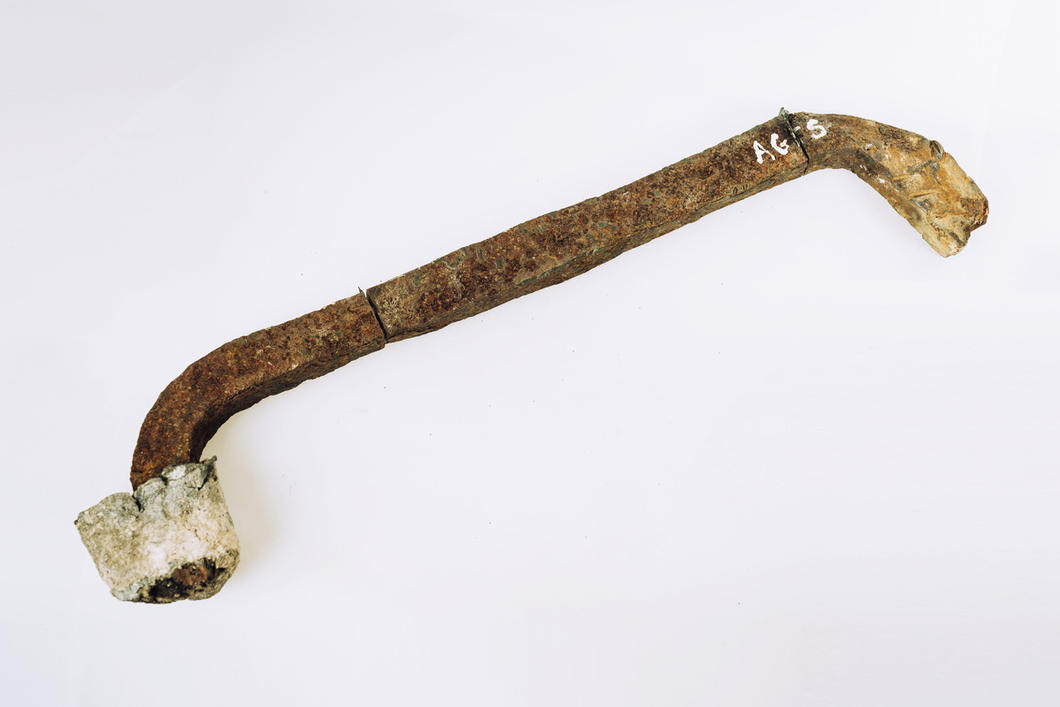
9
Slideshow mode
Were these clamps inserted in the stonework later, like the chaining added to the high chancel in the 19th century, or are they part of the original construction?
C. FRESILLON/IRAMAT/NIMBE/ArScAn/CEA/Chantier Scientifique NDP/Ministère de la Culture/CNRS
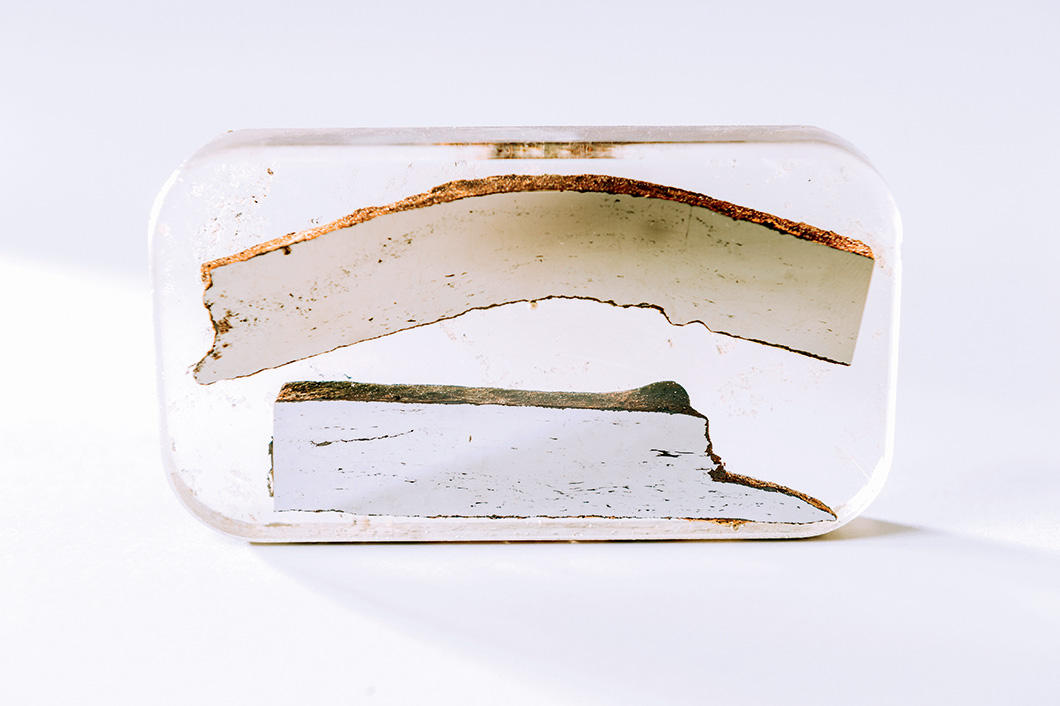
10
Slideshow mode
Samples of metal components are cut, polished and embedded in resin for examination under a microscope. According to the initial dating of the steel mixed with iron, the clamps in the galleries were indeed part of the original construction in the second half of the 12th century, making them one of the earliest uses of iron in gothic architecture.
C. FRESILLON/IRAMAT/NIMBE/ArScAn/CEA/Chantier Scientifique NDP/Ministère de la Culture/CNRS
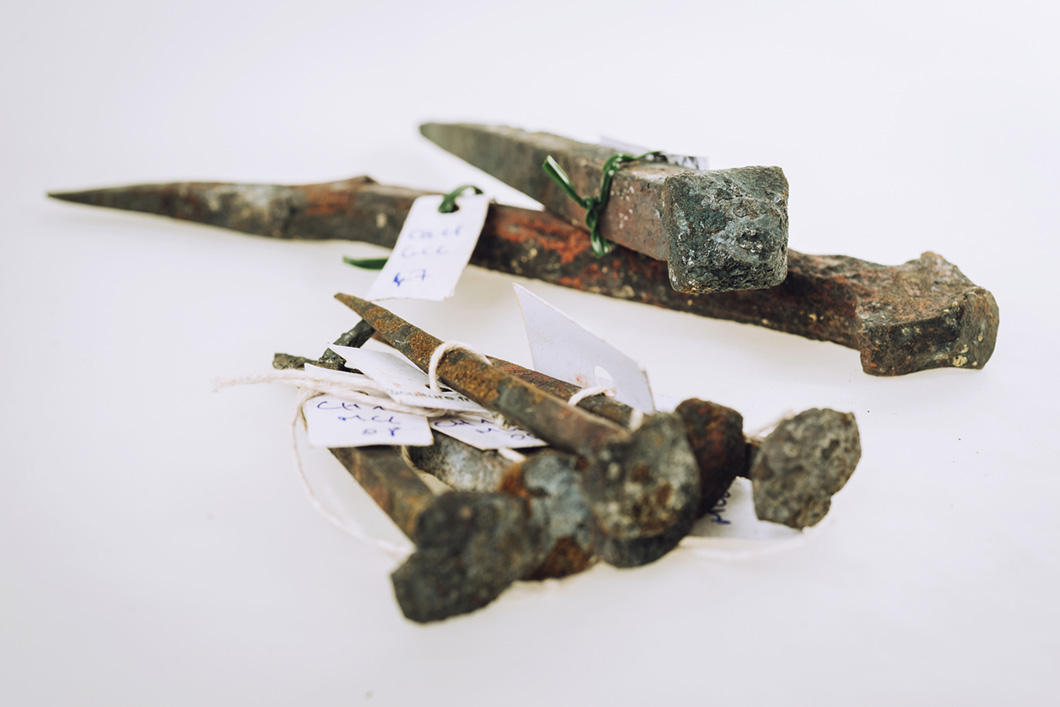
11
Slideshow mode
A great many nails from the wooden roof structure of the chancel have been found. They will be analysed to determine the type and origin of the metals used to make them, and whether they can be reused in the restoration.
C. FRESILLON/IRAMAT/NIMBE/ArScAn/CEA/Chantier Scientifique NDP/Ministère de la Culture/CNRS

12
Slideshow mode
The scientists are using metal detectors to locate iron hidden in the stone. This part of the project is only just starting, but the researchers are convinced that the architect of Notre Dame made extensive use of clamps from the very beginning, to strengthen the walls and pillars and enable the construction of a cathedral that would be much taller than its contemporaries.
P. de PARSCAU/CNRS Images/CNRS 2021
Explore more
Matter
Article
10/27/2025
Slideshow
07/17/2025
Article
07/07/2025
Article
03/26/2025
Slideshow
03/19/2025
Archaeology
Article
09/29/2025
Article
04/21/2025
Article
04/16/2025
Slideshow
11/08/2024
Article
10/31/2024
Architecture
Article
10/14/2024
Article
09/14/2021
Opinion
03/16/2020
Opinion
06/27/2019
Article
06/17/2019







